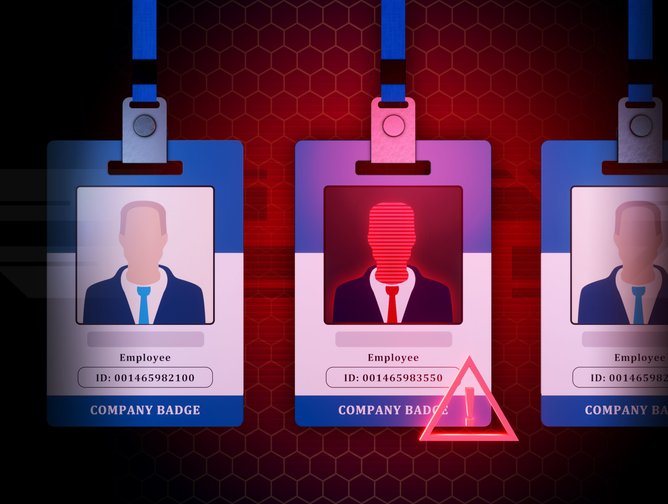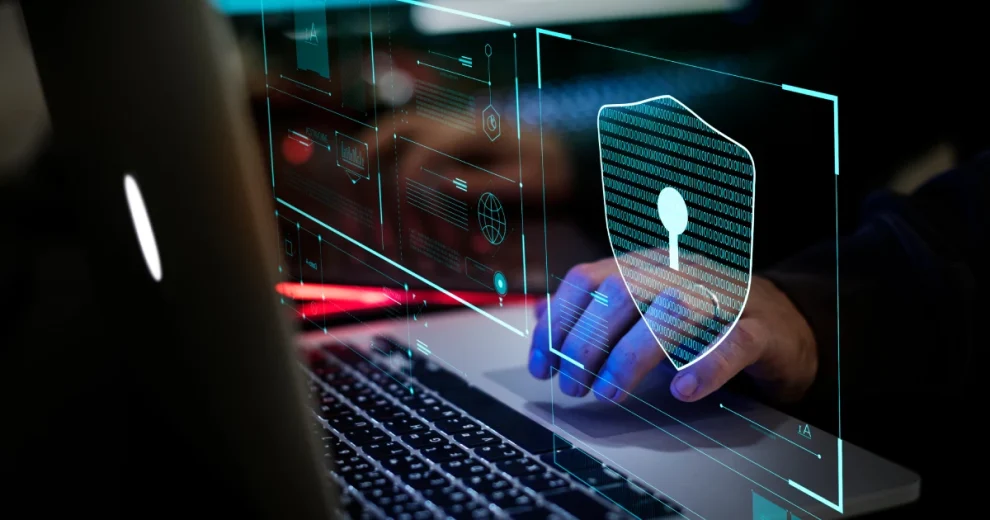In an era of rapid digital transformation, businesses are facing an unprecedented challenge: how to secure their identities in a landscape riddled with sophisticated cyber threats. As I stand in the heart of Silicon Valley, surrounded by tech giants and nimble startups alike, the urgency of this issue is palpable. The race is on to develop innovative solutions that can shield companies from the growing menace of vendor identity fraud and cyberattacks.
The Rising Tide of Cyber Risks
Walking through the bustling streets of San Francisco’s financial district, I can’t help but notice the tension in the air. Business owners and IT professionals hurry past, their faces etched with concern. It’s no wonder – the digital realm has become a treacherous place for unwary companies.
We’re seeing attacks that are more sophisticated than ever before,” explains Sarah Chen, a cybersecurity expert I met at a local tech incubator. Phishing, business email compromise, even the creation of fake shell companies – these aren’t just threats to big corporations anymore. Small businesses are increasingly finding themselves in the crosshairs.
Indeed, the consequences of falling victim to such attacks are severe. Financial losses are just the tip of the iceberg; reputational damage and loss of client trust can be far more devastating in the long run.

The Quest for a Unified Business Identity
As I sit down for coffee with Tom Rodriguez, CEO of a local fintech startup, he shares a startling statistic: “Did you know that 30% of small businesses get rejected for basic services like credit cards or bank accounts simply because they can’t be properly verified? It’s a global problem, and it’s costing businesses real opportunities.”
This revelation underscores a critical issue in the modern business landscape – the lack of a unified system for verifying business identity. Many companies are struggling with fragmented, outdated information spread across multiple platforms, making it easier for fraudsters to exploit the gaps.
The need for a single, authoritative source of truth for business identity has never been more pressing. From securing transactions to navigating complex regulatory landscapes, a unified business identity is becoming essential for survival in the digital age.
Innovations in Identity Verification
Fortunately, the tech industry is rising to the challenge. As I tour a nearby innovation lab, I’m introduced to cutting-edge technologies that are reshaping the landscape of business identity verification.
Artificial Intelligence and Machine Learning are at the forefront of this revolution. These technologies are being harnessed to sift through vast amounts of data, identifying discrepancies and detecting fraud with unprecedented accuracy.
“AI isn’t just making the verification process faster,” explains Dr. Maria Gonzalez, lead researcher at the lab. “It’s making it smarter. We’re developing systems that can adapt to new threats in real-time, staying one step ahead of the fraudsters.”
The Marketplace Responds
The urgency of the situation is reflected in recent market developments. Just this summer, business identity platform Niva launched after securing $3.3 million in funding for its innovative verification solution. Meanwhile, Verituity raised an impressive $18.8 million to support the growth of its verified payout platform.
These investments signal a growing recognition of the critical role that robust business identity solutions will play in the future of commerce.
Challenges on the Horizon
Despite these advancements, significant challenges remain. As I speak with various stakeholders throughout the day, several key issues come to light:
1. Data Silos: Many businesses are still grappling with fragmented data systems, making it difficult to consolidate identity information.
2. Global Standardization: The lack of universal standards for business identity verification creates interoperability challenges, especially for multinational companies.
3. Privacy Concerns: Striking the right balance between transparency and data protection remains a delicate task, particularly in light of regulations like GDPR.
As the sun sets over San Francisco Bay, I’m reminded that behind all the technology and innovations, there’s a very human story unfolding. Small business owners like Sarah Thompson, who runs a local bookstore, are feeling the impact of these changes firsthand.
“It’s scary out there,” Sarah tells me as she closes up shop. “Every day I hear about another small business getting scammed or hacked. But I’m hopeful that with these new technologies, we’ll finally have a way to prove who we are and operate safely in the digital world.”
As night falls on Silicon Valley, the lights in office buildings and tech campuses continue to burn bright. The work to secure business identities in the digital age is far from over, but significant progress is being made.
The development of unified, AI-powered identity verification systems promises to revolutionize how businesses interact, transact, and grow in the digital economy. While challenges remain, particularly in terms of standardization and privacy, the innovations we’re seeing today are laying the groundwork for a more secure and efficient business landscape.
For companies large and small, the message is clear: in the digital age, your identity is your most valuable asset. Securing it isn’t just about protection – it’s about unlocking new opportunities and building trust in an increasingly interconnected world.
















Add Comment